When we had been at the Mogao Caves the day before, a light breeze whisked through the leaves of the trees planted beside the caves. The next day, though, as we were walking into the desert to find a campsite, the wind whipped across the desert hills. Storming out of the red mountains that face the Mogao Caves, sand blew across us to the point that we sometimes could not face forward. For a minute or two, we would simply turn our backs against the wind and wait it out, hoping that it would not be too long before we could see again.
This was the desert and there was an element of danger to it, so we did not go far. We pitched our tent only two miles from the Mogao Caves. If we climbed atop one of the wavy dirt mounds, we could see we were never out of sight of the tall Wu Zetian Buddha. It was still hot, and we were carrying heavy bags.
Despite how close we were to one of China’s biggest tourist attractions, this was wild country. The red mountains towered a thousand feet above us, and their little fingers reached out for us, shaped by centuries of flash floods. Inside the fingers, we could see evidence of surging waters over the millenniums, the boulders jammed into crevices by surging waters. Opposite the mountains, there were sand dunes even taller than the red mountains, looking as though they were waiting to blow over and swallow us.
We pitched our tent in the gully of one of the mountain edge’s fingers. Our site was far enough out of the way that I thought it would not be washed away if a flash flood happened.
In the distance, farther along the mountains edge, away from the Dunhuang caves, there were two pagodas standing tall. I walked half an hour through the late afternoon desert heat to examine them. There was a modern structure hiding behind the two pagodas. It was unclear what the structure was for and when the pagodas had been built. They could have been built one hundred years ago, or a thousand years ago. The desert’s dryness preserves things for centuries; the desert’s emptiness makes it more likely that it will be left alone.
Night fell, and the desert became cool. We ate raisins, enjoyed PBRs and watched stars drift across the desert sky. This place had once been a crossroad, a node along the Silk Road, a center of the Buddhist world. Perhaps it was the PBR, but I looked up at the sky and wondered what scholar’s footsteps we had walked in that afternoon, what Silk Road caravan had camped where we were camping.
We fell asleep in the silence of the desert.
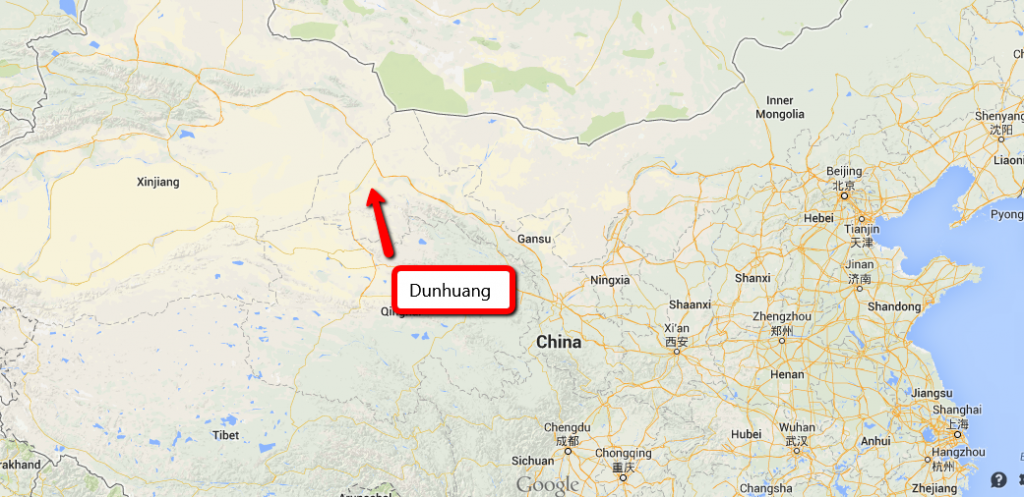
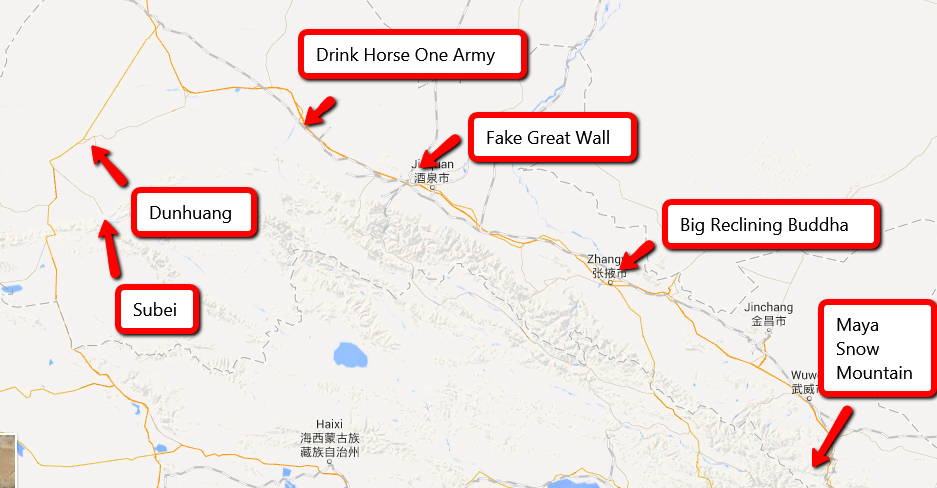
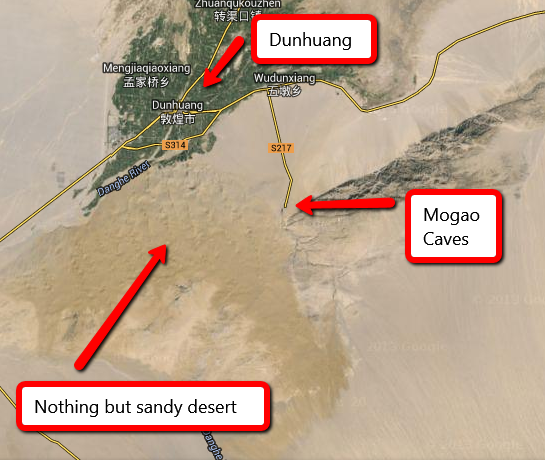
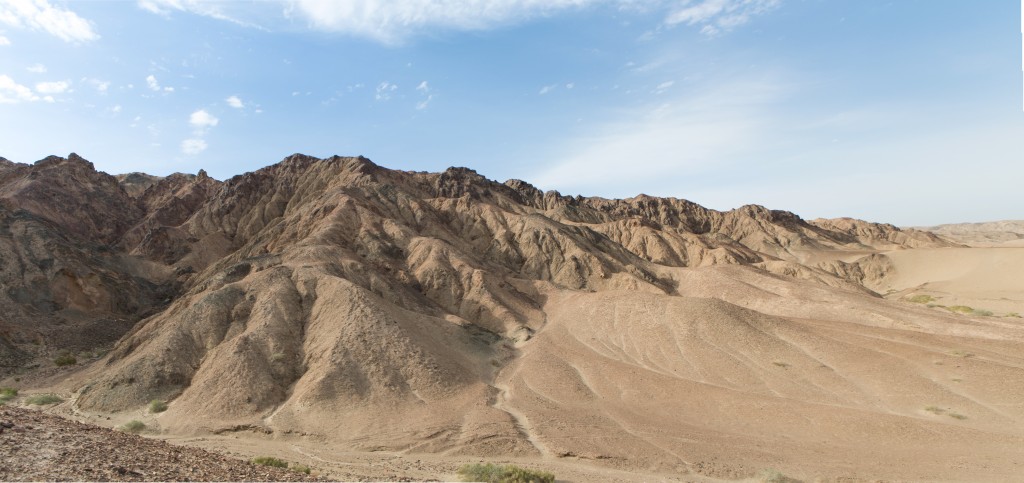
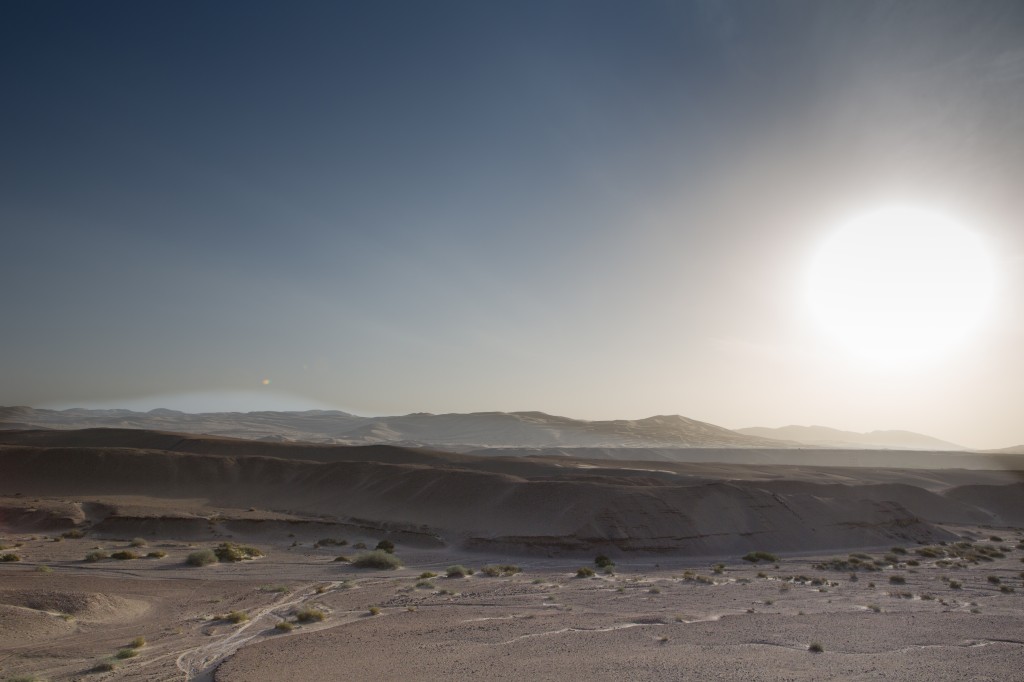
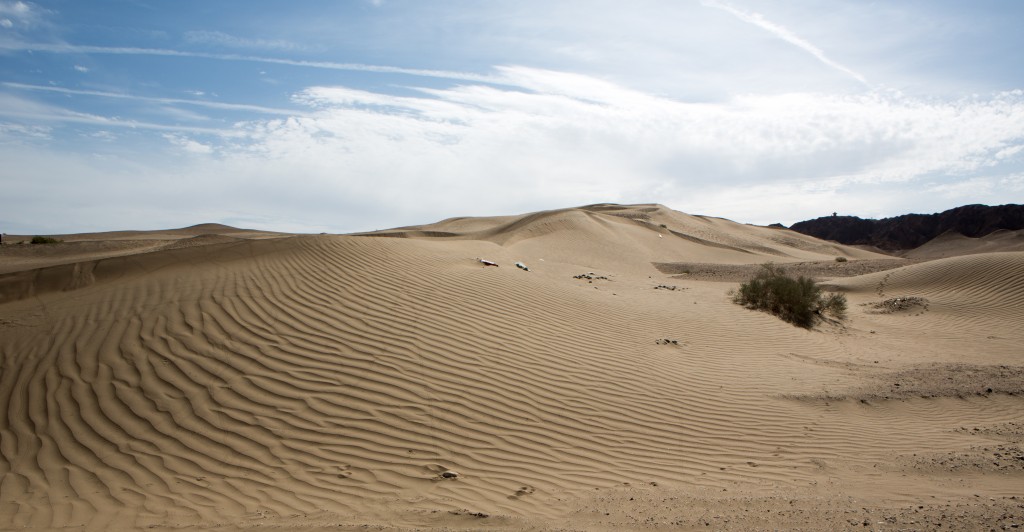
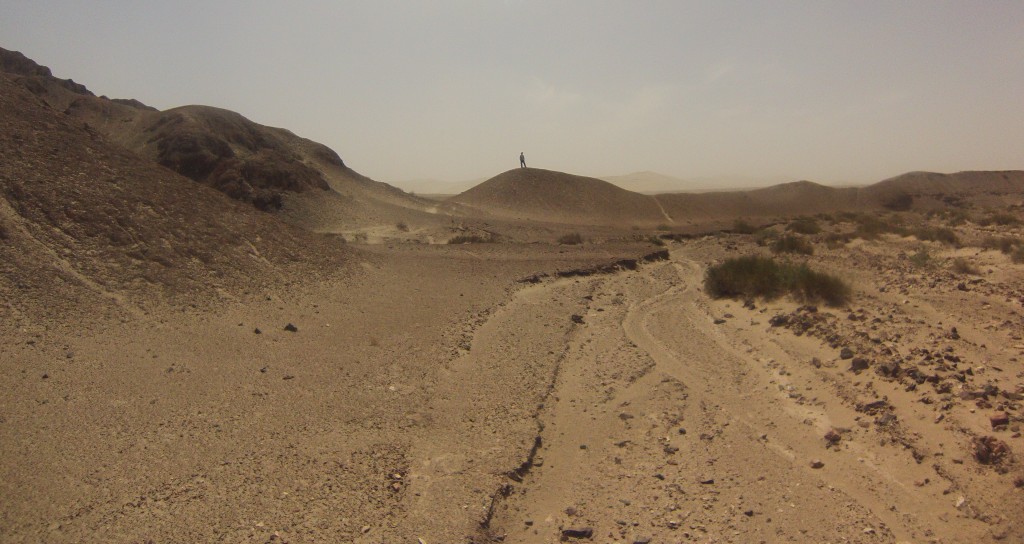
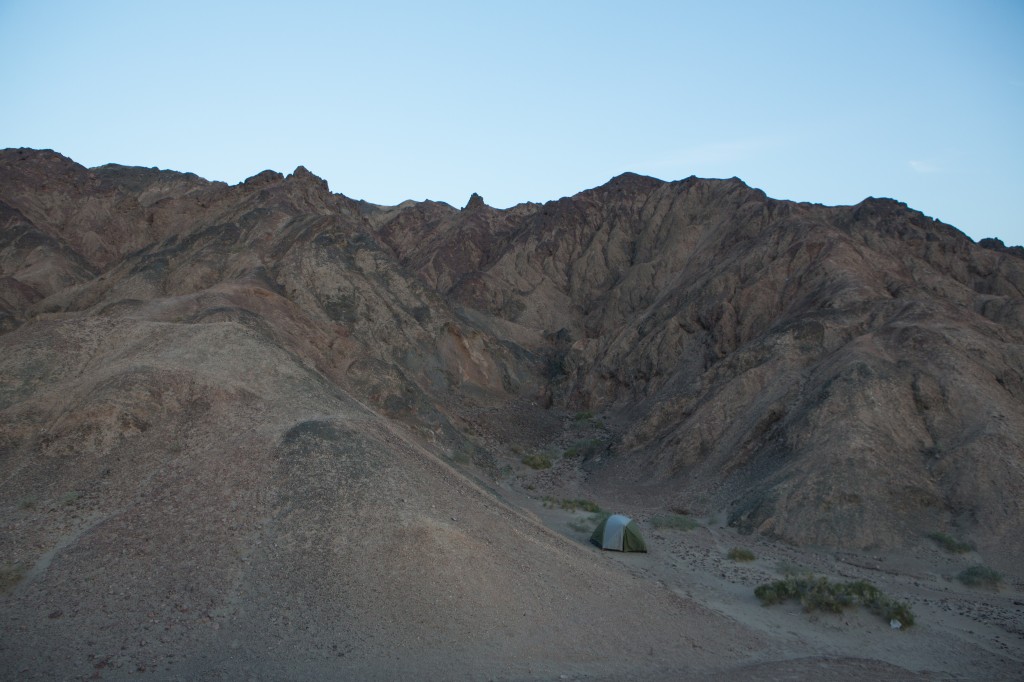
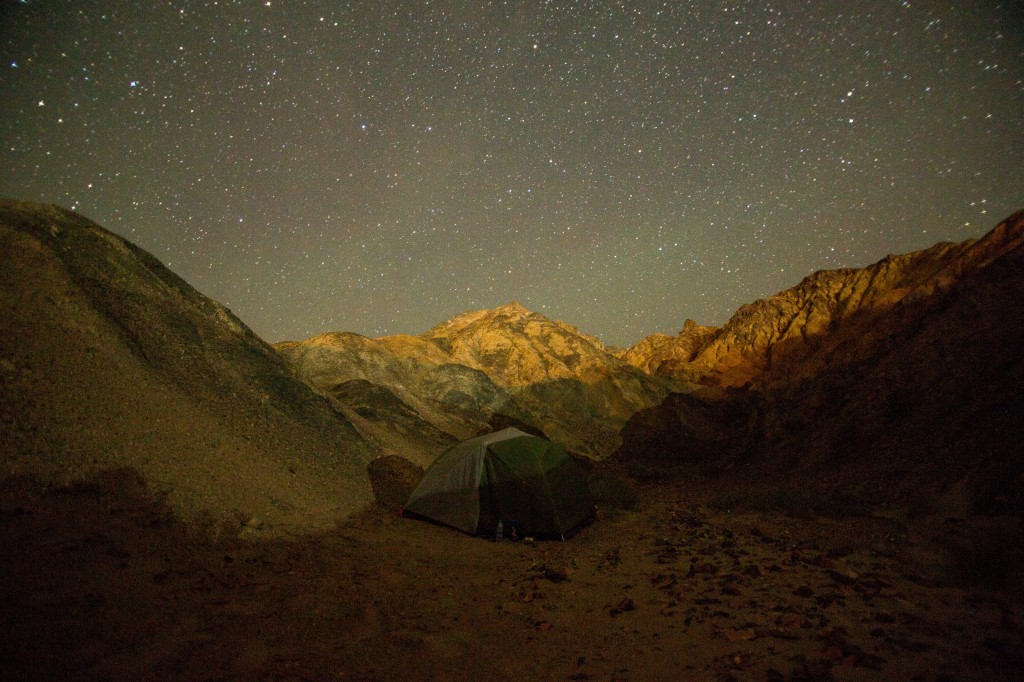
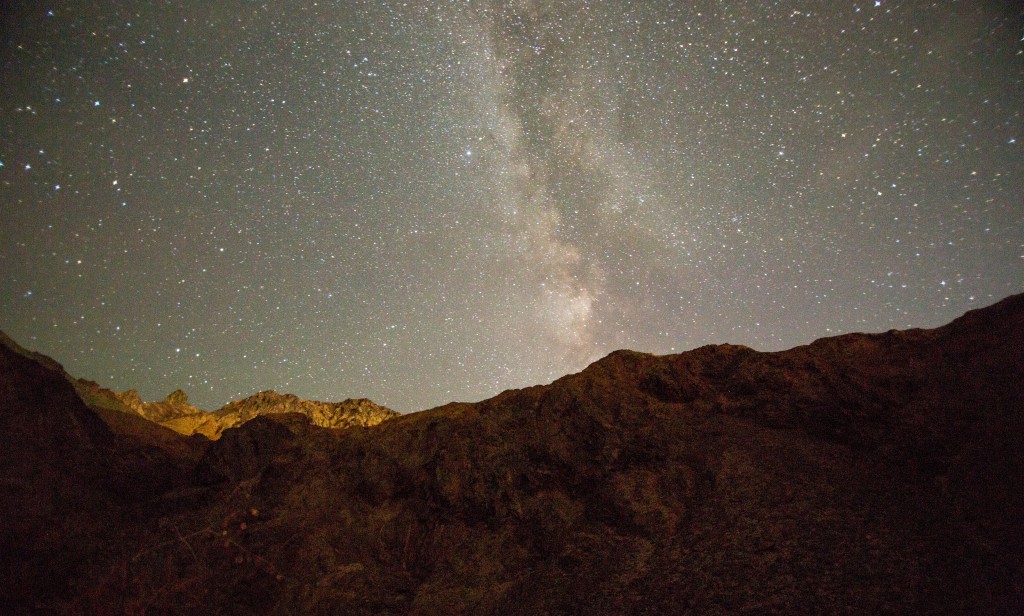
One reason I’m an avid reader of these posts is that I’ve been to the ends of the Silk Road, that is, Xi’an and Tashkent, but not the middle. Loved the pic of yr tent at night! Tom in Athens, Ga
The Milky Way shot was fantastic, guys. Keep up the great communications in both words and images!
I, too, loved the shots of the night sky/stars & my favorite shot…The Milky Way!! Libby Moore Armstong, Columbia, SC